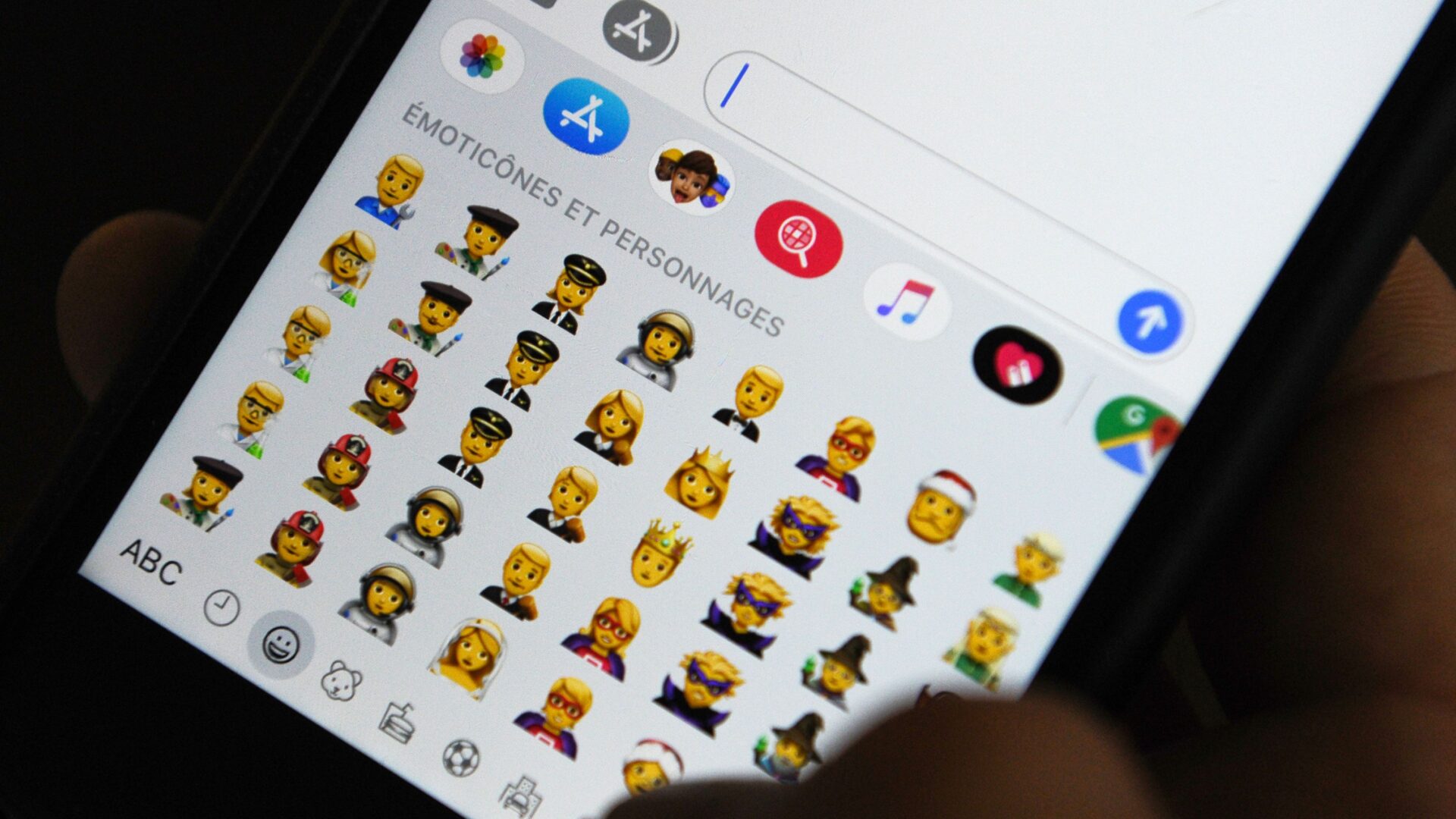
Emojis are an inherent part of online language. They allow us to express a wide range of emotions through text, from laughter to anger and happiness. In fact, 92% of the world’s online population uses emoji, according to the Unicode Consortium, an organization that digitizes the world’s languages. Today, the organization released a list of the most used emoji of 2021. The list generally remains unchanged since their last study was published in 2019. The top ten emoji used worldwide are as follows: 😂 ❤️ 🤣 👍 😭 🙏 😘 🥰 😍 😊.
Amongst the 3,663 emoji available, the top 100 comprised around 82% of total emoji shares. Not only that but the crying laughing emoji, which occupies the first spot, accounts for over 5% of all emoji use.
Online, the crying laughing emoji have been generally deemed as uncool by Gen Z, who prefer using alternatives such as the skull face (💀) or crying face emoji (😭). To those creating and studying emojis, the first spot isn’t surprisingly occupied by the cry laughing emoji.
“It speaks to how many people use emoji. If emoji were a purely Gen Z thing, then you wouldn’t see it so highly ranked,” Alexander Robertson, an emoji researcher at Google, told the New York Times. “Because of the sheer number of people using emoji, even if one group thinks something is lame, they have to be a really big group to affect these statistics.”
During the pandemic, some emojis such as the syringe or the virus emoji started being used more than before. However, the list of most used emoji remained generally unchanged as we already have options that allow us to express how we’re feeling.
“We did see a rise in the use of the virus emoji, but not in a way that even made it remotely into the most-commonly used emojis because we still had plenty to laugh about and plenty to cry about, whether it was because of the pandemic or not,” Lauren Gawne, co-host of the podcast “Lingthusiasm” and a senior lecturer in linguistics at La Trobe University in Melbourne, Australia, told the New York Times.
“Even in the midst of this massive global pandemic that preoccupied so much of our time,” she added, “we still spent a lot of time wishing each other happy birthday or checking in or laughing about some new and unexpected element of this slow-burning weirdness.”